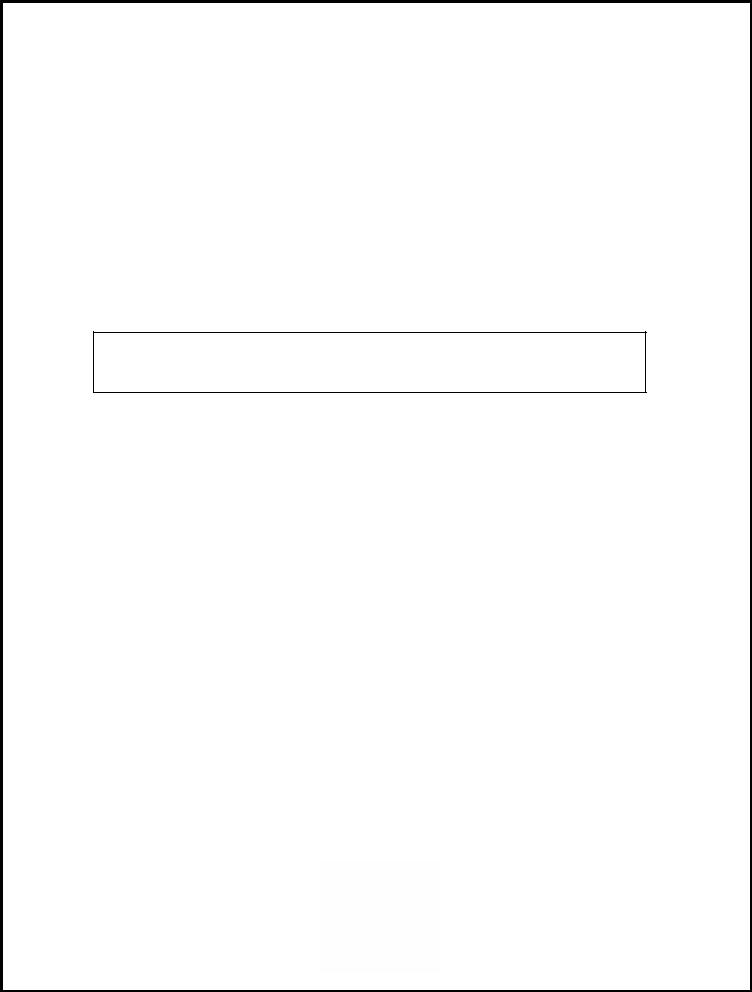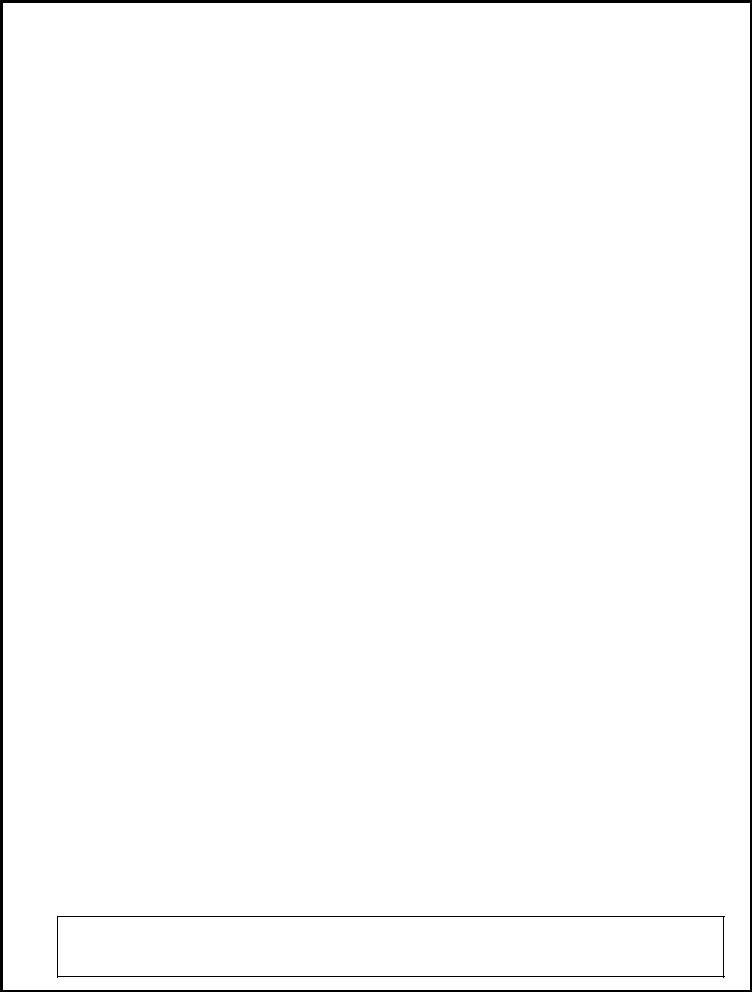England's Stove Works 27-C2000, 27-C3000, 50-TRWC3, 50-SHWC2, 50-SHWC3 Owner's Manual
...
INSTALLATION AND OPERATION MANUAL
Thank you for purchasing this product, which is from a fine line of heating equipment. We wish you many years of safe heating pleasure with your new coal stove.
NOTE: IF YOU HAVE A PROBLEM WITH THIS UNIT DO NOT
RETURN IT TO THE DEALER.
CONTACT CUSTOMER SERVICE @ 1-800-245-6489.
Visit our web page at www.englandsstoveworks.com for helpful information, frequently asked questions, parts and accessory orders and more.
CAUTIONS AND WARNINGS:
England’s Stove Works highly recommends the use of smoke detectors and Carbon Monoxide detectors with any hearth product, including this unit. Follow all manufacturer’s instructions when using smoke and Carbon Monoxide detectors.
CAUTION: Do not install this unit in a mobile home. This unit must be installed in accordance with the instructions and comply with your local building and fire codes. Follow the pipe manufacturer’s instructions for passing through combustible walls and ceilings.
WARNING: READ THIS ENTIRE MANUAL PRIOR TO INSTALLATION AND SAVE IT FOR FUTURE USE. KEEP CHILDREN AND ALL COMBUSTIBLE MATERIALS AWAY FROM THIS STOVE.
MODEL NUMBERS: |
27C3000, 50-SHWC3 & 50-TRWC3 |
|
27C2000, 50-SHWC2 & 50-TRWC2 |
Note: Maintain a minimum of thirty inches (30”) from the firebox and eighteen inches (18”) from the flue pipe to a combustible surface.
→SAFETY NOTICE←
FAILURE TO FOLLOW THESE INSTRUCTIONS COULD RESULT IN PROPERTY DAMAGE, BODILY INJURY OR EVEN DEATH. FOR YOUR SAFETY AND PROTECTION, FOLLOW ALL THE INSTRUCTIONS. CONTACT YOUR LOCAL BUILDING OR FIRE OFFICIALS FOR RESTRICTIONS AND INSTALLATION INSPECTIONS IN YOUR AREA.
Rev. 1/06

A letter from our Technical Support department:
Thank you for purchasing this fine product from England’s Stove Works!
England's Stove Works was started, and is still owned by, a family that believes strongly in a "Do It Yourself" spirit – that’s one reason you found this product at your favorite “Do It Yourself” store.
We intentionally design and build our stoves so that any homeowner can maintain his or her unit with basic tools, and we're always more than happy to show you how to do the job as easily and as inexpensively as possible.
From our free, downloadable service sheets; to our Pellet Service Video; to our new "wizard-style," click-through Troubleshooting guide on our web site, we have always tried to help our customers stay "heat-ready," especially when oil and electricity prices continue to skyrocket.
Please look at our vast Help section on our web site and call our Customer Service department at (800) 245-6489 if you need any help with your unit.
We are nearly always able to help “walk you through” any repairs, problems or questions you may have.
PLEASE NOTE: While information obtained on our web site and through our 800 number is always free of charge, there will be a service charge incurred with any “on-site” repairs or maintenance that we may arrange.
Wishing you years of efficient, quality and “comfy” heating,
England’s Stove Works Technical Support Department
www.englanderstoves.com
(800) 245-6489
IF YOU HAVE A PROBLEM WITH THIS UNIT DO NOT RETURN IT TO THE DEALER.
CONTACT CUSTOMER SERVICE at 1 (800) 245-6489.

SECTION I: FLUE SYSTEM
A. Existing Flue System
This unit is designed to connect to an existing flue system, such as masonry or a premanufactured Class A pipe system. If you have a masonry chimney the inside should be checked for cracks in the liner; if there is no liner in the chimney we recommend installing a stainless steel liner. If you already have a steel liner it should be carefully checked for buckling, warping or cracks. With either type system it is absolutely necessary to clean it before installation of this stove. A qualified chimney sweep can clean and inspect your system, and in many cases find problems the homeowner might overlook. The sweep can normally do chimney repairs or recommend a qualified person to do so. Warning: Do not connect this stove to a flue system serving another heating appliance.
B. Required Flue Size
The proper flue size is determined by the inside diameter of the flue collar on the unit. This stove is equipped with a six inch (6”) top or rear vent flue collar. This stove would require six inch (6”) pipe, and a smaller diameter pipe should never be used. The area of the chimney liner should also be greater than the area of the flue collar on the stove, but never more than three times greater.
Example: The area of a six inch (6”) flue collar is 28.87 square inches; therefore, the area of the flue liner should never be more than 84.8 square inches.
C. Top or Rear Exhaust
This unit comes with an adaptable top or rear exhaust. The stove is shipped in the container ready for the top mounted flue collar (Part #CA-20). To change to the rear vent you will first remove the rear cover plate (Part #CA-22) and attach it to the top of the stove. Next, mount the flue collar to the rear opening of the stove. NOTE: When mounting the flue collar or the cover plate, it is very important that all the bolts are in tight and the gasket makes an airtight seal.
Caution: Connector pipe should be 24-gauge or thicker steel pipe and eighteen inches (18”) from a combustible wall or ceiling. If you are using double wall or shielded pipe the clearance can be reduced to six inches (6”). Follow the pipe manufacturer’s installation instructions and directions for passing through combustible walls and ceilings. Check your local codes.
D. Installation of a New Flue System
1. Masonry Flue: If you are considering a masonry flue system, you should consult with your local building officials for the proper procedures in constructing this type flue system. We recommend a licensed, bonded contractor build this type system.
Most masonry flues are placed against the outside wall and extend upward beside the house. The flue thimble is then inserted through the wall, making the connection with the vertical flue pipe; you must maintain proper clearance between the connecting pipe and any combustibles in the wall. Follow the pipe manufacturer’s installation and directions for passing through combustible walls and ceilings. Check codes in your area.

We also recommend (for easy access and clean out) that you have a flue door located at least two feet (2’) below your flue thimble connection. This door should be made as airtight as possible. It is the customer’s responsibility to ensure the chimney system is safe and in good operating condition. The manufacturer will not be responsible for an accident attributed to a stove connected to a faulty chimney.
2. Pre-Manufactured Flue System: In the past few years pre-manufactured flue pipe systems have become very popular, because this type system is easily installed. When installed properly this system is also very safe. In making your choice be sure the system has a recognized label of approval such as UL, B.O.C.A. or I.C.B.O. -- any of these approvals will ensure the flue system is constructed of the proper materials and meets required safety standards. Your local dealer will normally handle a top grade and approved flue system.
There are two very popular methods for installation of a pre-manufactured flue system. The first, most popular and least expensive is through the ceiling and out the roof. This is the most direct route and creates a tremendous draw because fewer pipes are required. It is less expensive because insulated pipe is only needed from the ceiling and up; single wall 24-gauge or thicker pipe is used from the stove to the ceiling.
The second method is to go through the wall and up the outside of the structure. This method is more expensive because more insulated pipe is required -- you must use insulated pipe through the wall and up the outside of your home. You must maintain the proper clearances to combustibles in either installation. The pipe manufacturer furnishes a wall thimble and ceiling support box and, when installed properly, the required safety clearances will be met. If you choose a pre-manufactured flue system and do not feel qualified or capable of installing it, your dealer should be able to recommend a qualified contractor. It is the customer’s responsibility to ensure the flue system is safe and in good operating condition. The manufacturer will not be responsible for an accident attributed to a stove connected to a faulty flue system. Follow the pipe manufacturer’s installation and directions for passing through combustible walls and ceilings. Check codes in your area.
Note: Flue systems and pipe are not furnished with this unit; they must be purchased separately. Do not install a pipe damper with this stove.
SECTION II: FLOOR AND WALL PROTECTION
A. Floor Protection
If the floor is constructed of a non-combustible material such as brick or concrete, you are not required to have floor protection. If the floor is constructed of a combustible material such as hardwood, carpet or linoleum, floor protection must be placed between the unit and the combustible material.
There are many stove and wallboards on the market and you should be very careful in your selection. The board must be UL approved. The approved protector should provide a minimum of eight inches (8”) behind the unit and on each side and a minimum of sixteen inches (16”) in the front of the stove where the door is located. This stove requires a minimum 48” x 48” size floor protector.
